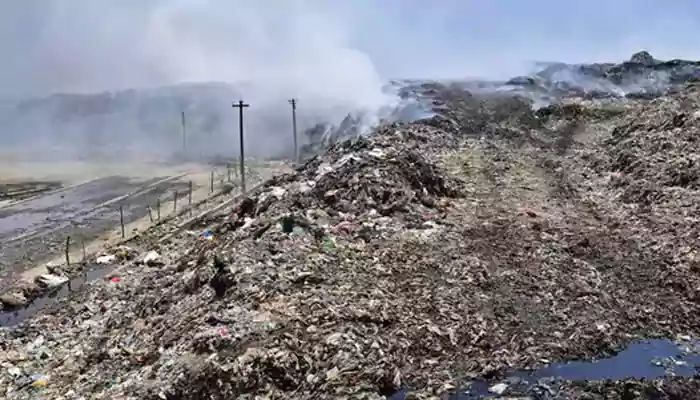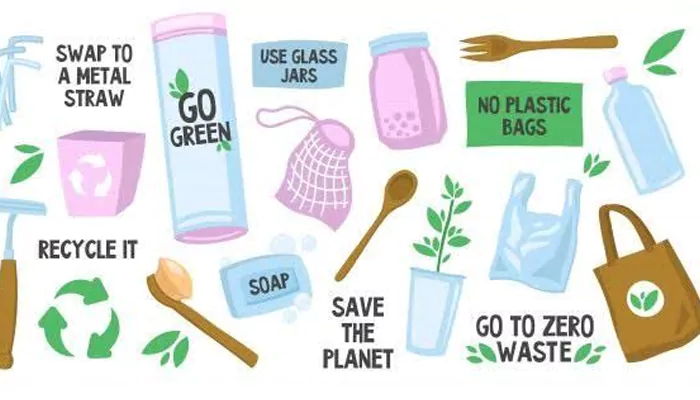Waste Reduction and Recycling: Strategies for Pollution Reduction On Upcoming National Polution Prevention Day
- Admin
- 2 years ago
- 4 minutes read

These days environmental issues have become increasingly pressing, finding sustainable solutions is paramount. As we continue to grapple with the challenges of pollution, it is crucial that we explore effective ways to reduce waste and promote recycling.
By implementing innovative practices such as packaging reduction, product design enhancements, education and awareness campaigns, and investing in advanced recycling technologies, we can all play a part in creating a cleaner and greener future for generations to come.
Packaging reduction:
In our modern consumer-driven society, packaging plays a crucial role in protecting products and attracting customers. However, it also contributes significantly to the amount of waste generated worldwide. That's where packaging reduction strategies come into play.
One approach is to opt for minimalistic packaging designs that prioritize functionality and sustainability. By using less material and incorporating eco-friendly alternatives like biodegradable or recycled materials, companies can significantly reduce their environmental footprint.
Another effective method is right-sizing packaging to fit the product snugly without excessive empty space. This not only reduces materials used but also optimizes transportation efficiency by maximizing cargo capacity.
Product design:
In today's world, product design plays a crucial role in reducing waste and pollution. By implementing sustainable practices into the design process, companies can create products that are not only functional and aesthetically pleasing but also environmentally friendly.
One aspect of sustainable product design is considering the entire lifecycle of a product. This includes materials sourcing, manufacturing processes, transportation, use phase, and end-of-life disposal. By analysing each stage and optimizing it for sustainability, designers can minimize the environmental impact of their creations.
A key strategy in sustainable product design is using recyclable or biodegradable materials. Instead of relying on single-use plastics or non-renewable resources, designers can choose materials that have a lower carbon footprint and can be easily recycled or composted at the end of their life cycle.
Another important consideration is designing products for durability and longevity. In contrast to the fast-fashion mindset prevalent in many industries today, creating products that are built to last reduces waste by minimizing the need for frequent replacements.

Education and awareness:
Education and awareness play a crucial role in waste reduction and recycling efforts. By educating individuals about the importance of reducing, reusing, and recycling, we can empower them to make informed choices that have a positive impact on the environment.
One way to raise awareness is through community outreach programs. These initiatives can include workshops, seminars, and educational campaigns that teach people about sustainable practices and the benefits of waste reduction. By engaging with communities directly, we can inspire behavioural changes that lead to less waste generation.
Government involvement is essential too; they should invest resources into public education campaigns focused on waste reduction strategies. This includes distributing informative materials at events or implementing programs that incentivize participation in recycling initiatives.
By increasing education and awareness around waste reduction practices at various levels - from individual households to entire communities - we take important steps towards creating a more sustainable future for generations to come!
Recycling technologies:
Recycling technologies play a crucial role in the efforts to reduce pollution and waste. With advancements in technology, we now have more efficient and effective methods for recycling various materials.
One such technology is mechanical recycling, which involves sorting and processing recyclable materials using machines. This process helps separate different types of plastics, metals, paper, and glass so they can be recycled into new products. Mechanical recycling not only reduces the amount of waste going to landfills but also conserves valuable resources.
Chemical recycling is another innovative approach that converts plastic waste into raw materials or fuels through chemical processes. This method allows even hard-to-recycle plastics to be broken down and repurposed instead of being discarded.
Recycling technologies continue to evolve rapidly, offering promising solutions for reducing pollution and promoting sustainable practices. By embracing these innovations and investing in their implementation on a larger scale, we can make significant strides towards a cleaner future.












